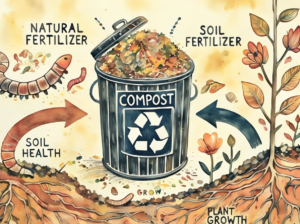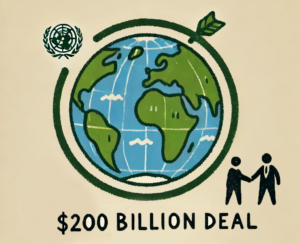
Organ transplantation is one of the most revolutionary feats of modern medicine, providing thousands of individuals with a new life. However, over 100,000 Americans are waiting for life-saving organs, 6% of whom will die before they get a chance to make it off the list. The lives of these individuals are significant and the reason why new organ acquisition methods are being explored.
Imminent Death Donation
Imminent Death Donation is the recovery of a living donor organ immediately before a planned withdrawal of life-support expected to result in the patient’s death. This type of donation would only be applied to terminally ill patients and allow them the opportunity to donate viable organs if they so choose. Given proper regulation, no patient would die from Imminent Death Donation who would not otherwise die as a result of the withdrawal of life-sustaining care.
Normothermic Regional Perfusion
Normothermic Regional Perfusion is a recent technology that involves a machine that circulates blood through a person’s body after their heart has stopped to maintain organ viability. This method is very controversial from an ethical standpoint, given that it invalidated the declaration of death, which requires a permanent cessation of circulation.
Xenotransplants
Xenotransplantation turns to animals as potential organ sources. For over 50 years now, researchers have been experimenting with xenotransplantation with varied results. For example, in 1983, Dr. Leonard Bailey transplanted a baboon’s heart to Baby Fae, who survived the transplant but ultimately passed away 21 days later. Xenotransplantation presents numerous challenges, from rejection and potentially carrying a virus to more ethical issues such as animal rights.
Other notable methods include bioengineering artificial organs, utilizing living and non-heart-beating donors, and regenerative medicine using stem cells.
The organ shortage crisis remains a critical challenge in medicine as thousands of lives hand in the balance as they await life-saving transplants. The innovative solutions explored offer promising methods to address this pressing issue, but they do not come without challenges and controversy. As research and development continue, we must continue to look for innovative ways to address this issue while maintaining a commitment to ethical standards, patient safety, and efficacy. Ultimately, advancing these solutions can transform the landscape of organ donation, providing new hope to those individuals on the waiting list hoping for a second chance at life.
Works Cited
A brief history of cross-species organ transplantation. (2012, January). National Library of Medicine. https://www.ncbi.nlm.nih.gov/pmc/articles/PMC3246856/#:~:text=LEONARD%20BAILEY%20AND%20%E2%80%9CBABY%20FAE,as%20Baby%20Fae%2C%20in%201983.
Ethical Analysis of Normothermic Regional Perfusion – OPTN. (n.d.). https://optn.transplant.hrsa.gov/policies-bylaws/public-comment/ethical-analysis-of-normothermic-regional-perfusion/#:~:text=NRP%20is%20a%20new%20technology,heart%20has%20irreversibly%20stopped%20beating.
Momentum. (2020, December 3). What is imminent death donation? Baylor College of Medicine Blog Network. https://blogs.bcm.edu/2020/12/03/what-is-imminent-death-donation/
Organ donation Statistics | Organdonor.gov. (2024, March 1). https://www.organdonor.gov/learn/organ-donation-statistics
Xenotransplantation: a solution to the donor organ shortage? (n.d.). National Kidney Foundation. https://www.kidney.org/xenotransplantation-solution-to-donor-organ-shortage#:~:text=Hope%20that%20organs%20from%20animals,and%20transplanting%20it%20into%20another.
The views and opinions expressed are those of the authors and do not necessarily reflect nor represent the Earth Chronicles and its editorial board.




